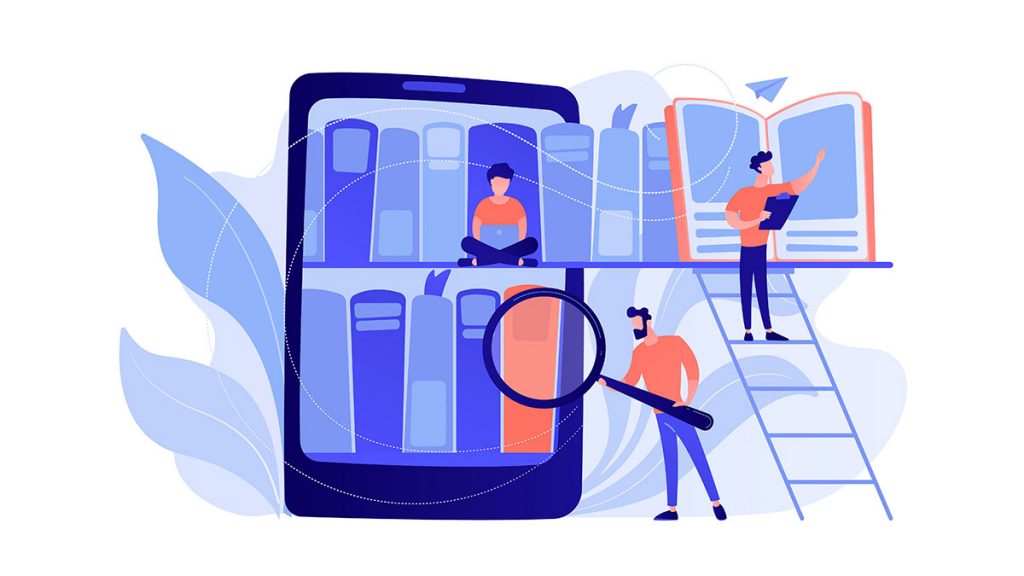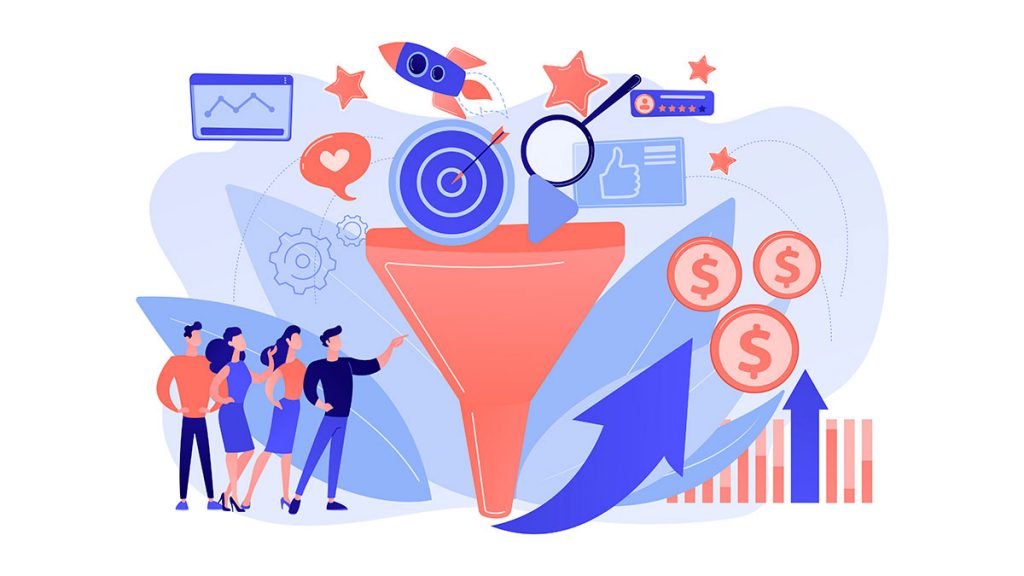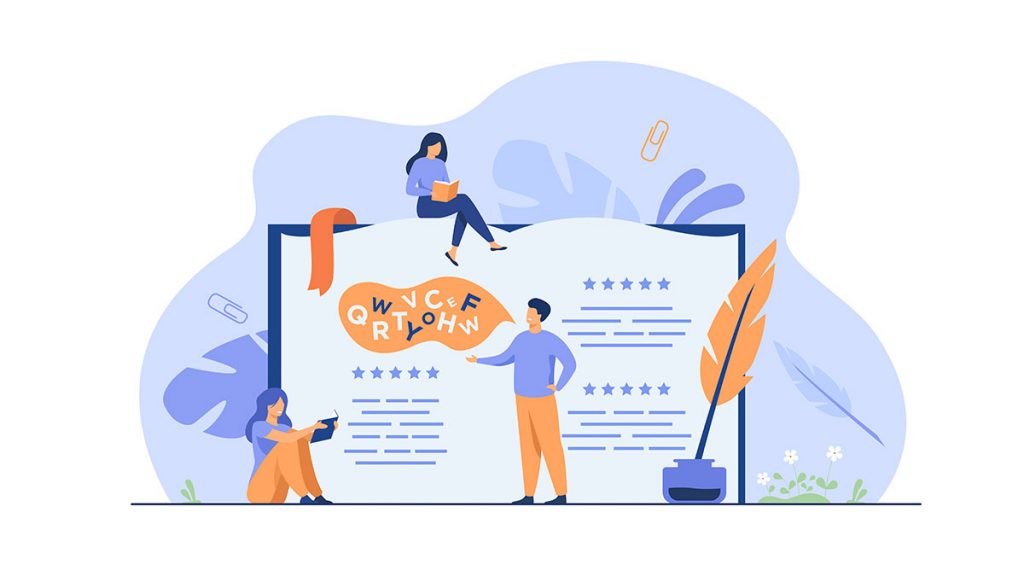Since the dawn of digital marketing, businesses have tried to understand the anatomy of successful content. The beauty (and the challenge) of it lies in the fact that there’s no one-size-fits-all formula to follow. The secret to effective content marketing isn’t in your business but the minds of your customers.
In other words, the experience that your audience has with your content makes or breaks its success. The issue is, most marketers boil content experience down to quality.
While quality is undoubtedly the deciding factor, it’s far from the only one. You need to zoom out and consider the various other aspects of your market’s experience with your content.
Not sure what this means?
Let’s dive into what content experience means, and then we’ll show you how to create a positive one.

What Is Content Experience
Your audience’s experience with your content doesn’t begin when they start reading or watching it. How and where they found it also plays a massive role, as does the overall presentation, personalization, and the impact it leaves after being consumed.
Simply put, content experience is the result of careful preparation, creation, and delivery of your content. It’s a holistic term that encompasses the entire “content journey” from your audience’s point of view.
Many factors contribute to a positive content experience, from big decisions like the channel you’ll use to details like the presence of captions in videos. While the specifics will depend on your marketing goals and strategies, there are a few rules that you should always follow to boost your audience’s content experience.
Here’s what they are:
1. Know Your Funnel
Content personalization is no easy feat. It involves meticulous research so that you can build accurate customer personas. In most cases, you’re likely to focus on demographics, interests, and similar details.
But do you think about the stage of the marketing funnel your audience is in? If not, you’ll definitely want to change that, as it’s a crucial aspect of content experience.
You can rarely create the same content for loyal customers and newcomers with equal success. It will either tell people what they already know or skip the context that existing customers have. As a result, one audience group is bound to have a suboptimal experience.
To prevent this, segment your audience and go with a two-pronged approach to content creation. Meet the customer at the stage they’re at, and smoothly guide them to the next stage.

2. Focus on Looks
As mentioned, the quality of your content isn’t necessarily a deciding factor in content experience. An article jam-packed with useful information won’t get the attention it deserves if it’s not presented properly. And yet, way too many attempts to read an article these days look something like this:
- Land on the website and work through the intentionally tricky cookie consent window.
- Close the pop-up asking you to share your location.
- Close the bot-powered chat that blocks half the window.
- Try to ignore massive ads between paragraphs while reading.
Now, this isn’t to say that you shouldn’t use the above marketing tools. But don’t make it seem like you’re writing content just to mine information or force someone to the next stage of the funnel.
When you look at your website or blog, imagine you’ve never seen it before and you’re just there for some fun reading time or to learn something new. As you go through the content, remove all the unnecessary distractions, and try to minimize the ones that the page can’t do without. Think like your customer, and make your content visually appealing.

3. Avoid Over-Optimization
Yes, keywords are important. But they’re not the end-all and be-all of content marketing. Focusing too much on SEO can seriously impact content experience, and not in a good way.
Anyone can find good keywords, but not everyone can use them wisely. Moreover, not every piece of content needs to have a high Google rank as its main goal. Sometimes you’ll just have a fun or engaging topic to cover, and there won’t necessarily be some hot keywords attached to it.
What you can do here is focus your pillar content on SEO, and then use internal linking to ensure that your other content gets some traction as well. You’ll still get SEO points, but you won’t damage the reader’s experience in the process.

4. Leverage the Halo Effect
The halo effect is a natural tendency to form an opinion of something based only on your experience with one part of it. So how does it apply to digital content experience?
For example, if someone reads an interesting blog post you wrote, they’ll be more likely to form a positive opinion about your brand as a whole. The same happens if a person first finds out about you through someone they trust.
The halo effect is why influencer marketing is such a big deal. According to a Matter survey, 82% of people were at least partially impacted by influencer content during their buying journey. They either researched, considered, or bought a product recommended by a friend or influencer.
This goes to show that you should be selective with your content distribution. Instead of pushing your content in front of people through ads, let your audience find it in a trusted place. That way, you’ll build a strong foundation for a positive content experience.

5. Engage Your Audience
If someone comments on your content, it means they care about it enough to share their thoughts. They want you to see they have an opinion and want to get some conversation going. What better way to initiate this than by joining the conversation?
People love when brands interact with them. It makes them feel heard and appreciated. If you humanize your brand and learn how to speak your customers’ language, you’ll be miles ahead of all the competitors that seem like faceless businesses.
While AI can help in this regard, always leave a human touch. Connect with your community on a personal level, and you’ll make great strides towards a wonderful content experience.

Know Your Market
As with just about every aspect of digital marketing, content experience largely depends on your ability to understand your audience. While the above principles are universal, their application can vary greatly based on your target market’s specifics.
While designing your content experience, the main thing to remember is to put yourself in your audience’s shoes. Think about how each content decision will impact them, and don’t hesitate to experiment. After some time and fine-tuning, you’ll provide your community with a stellar online experience.
